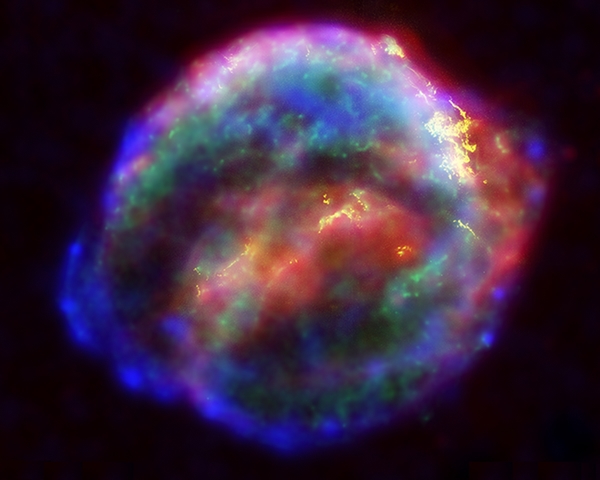As mentioned elsewhere a local supernova explosion has the ability to wipe out all life on earth and leave absolutely nothing behind. It would take possibly millions of years for life to start again, if ever.
A super nova sends a blast of deadly gamma rays out in all directions as it explodes.
Depending upon how far away you happen to be when it goes off, your planet may get bathed in these gamma rays and you and every living thing will die pretty quickly.
Fortunately, for us, the chances of one going off close enough to destroy us is pretty small...
The last supernova seen with the human eye was documented by Johannes Kepler in 1604. That was at a distance of about 20,000 light years. And while it shone brighter than any star and was visible in daylight, it certainly caused no issues on Earth.
However, were a supernova to go off within about 30 light years of us, that would lead to major effects on the Earth, possibly mass extinctions. X-rays and more energetic gamma-rays from the supernova could destroy the ozone layer that protects us from solar ultraviolet rays. It also could ionize nitrogen and oxygen in the atmosphere, leading to the formation of large amounts of smog-like nitrous oxide in the atmosphere.
Supernovae happen about once every 100 years in the Milky Way. But the Milky Way is a big place, roughly 100,000 light years across. Given that, and the fact that the Sun is near the outskirts of the Milky Way where few stars massive enough to become supernovae are born, having a supernova within 30 light years of the Sun should, on average, happen only once in every 100 million years
Dr. Mark Reid, a Senior Astronomer at the Harvard-Smithsonian Center for Astrophysics